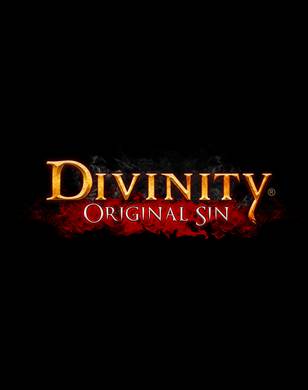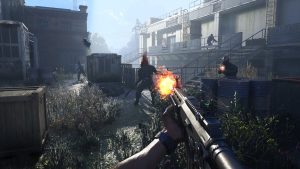One term that often comes up with the next generation of consoles, especially regarding the Xbox One, is tiled streaming. Though the PS4 has turned out to be more powerful the Xbox One, thanks in part to its unified architecture and 8 GB GDDR5 RAM, it’s often stated that the latter’s eSRAM can make up for it with its propensity for tiled streaming.
Speaking to Graphine CEO Aljosha Demeulemeester, whose company helped create the Granite SDK for HD texture streaming, and strong compression, GamingBolt asked if the PS4 and Xbox One GPUs had sufficient compute units to realize the full potential of tiled streaming that Granite allowed for. For information purpose, the PlayStation 4 has 18 compute units and on the other hand Xbox One has 12.
Aljosha stated that, “Tiled streaming does not really tax the GPU much, unless you’re decoding on the GPU. Support for this is not active in our current Granite SDK release. We are considering it because game developers love the flexibility of being able to choose between CPU-side decompression and GPU-side decompression. On the CPU side, decoding our tiles on the fly actually doesn’t take up much processing power. We spent a long time optimizing this!”
The technology was demonstrated last year [can be seen in the video above] during Microsoft’s //build keynote using DX 11.2. It is a representation of what is possible with eSRAM and tiled streaming if used efficiently.
In the past, Granite SDK has been efficiently used by Larian Studios in Divinity Dragon Commander. The problem that Larian Studios were facing was that textures looked alright when seen up-close but when they were seen from the sky, the landscape textures lacked natural details like cracks and erosion. However bigger the textures, the more memory and storage budget you require and as one must be aware, memory is scarce these days.
Using traditional methods of Layer Blending, the developers were not able to successfully compress data to a level that they wanted. This is where Granite SDK comes in. Using the SDK, Larian Studios were able to upscale the 16kX16k landscape textures to 32kX32k and in some cases even beyond. This resulted into a memory usage reduction to around 66% in most cases.
We will have more on Granite SDK in the coming week. Stay tuned for more news and updates. What are your thoughts on the same? Let us know in the comments.















